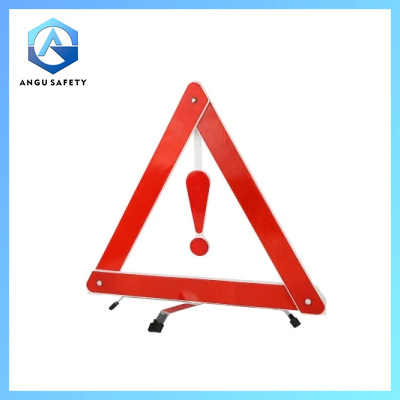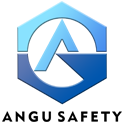What are the most commonly used traffic control facilities?
Traffic control facilities refer to a variety of devices and infrastructure used to manage and regulate traffic flow, ensure road safety, and provide guidance to drivers and pedestrians. Some of the most commonly used traffic control facilities include:
Traffic Signals: As mentioned earlier, traffic signals are perhaps the most recognizable and widely used traffic control devices. They regulate the movement of vehicles and pedestrians at intersections through the use of red, yellow (amber), and green lights.
Traffic Signs: Traffic signs provide important information to drivers, pedestrians, and cyclists. They convey regulatory, warning, and informational messages, such as speed limits, stop signs, yield signs, no parking zones, and directional guidance.
Road Markings: Road markings, including lane lines, crosswalks, stop lines, arrows, and symbols, are painted or applied on road surfaces to delineate lanes, indicate permissible movements, designate parking areas, and enhance overall traffic organization and safety.
Traffic Islands and Medians: Traffic islands and medians are physical barriers or dividers located between lanes of traffic. They help channelize traffic, prevent conflicts between opposing flows, provide refuge for pedestrians crossing streets, and enhance safety at intersections.
Roundabouts: Roundabouts are circular intersections designed to facilitate continuous traffic flow and reduce the likelihood of severe collisions. They typically feature yield signs, splitter islands, and circulating lanes that direct vehicles around a central island.
Traffic Calming Devices: Traffic calming devices, such as speed bumps, speed humps, chicanes, and raised crosswalks, are implemented to slow down vehicle speeds, improve safety for pedestrians and cyclists, and reduce the impact of traffic on residential areas.
Traffic Signals Timing and Coordination: Traffic signal timing and coordination programs optimize the operation of traffic signals along corridors or networks. They aim to minimize delays, improve traffic flow, and reduce congestion by synchronizing signal timings based on traffic demand and traffic patterns.
Variable Message Signs (VMS): Variable message signs are electronic signs that display real-time information to motorists, such as traffic conditions, travel times, weather alerts, and emergency messages. They help improve driver awareness and provide guidance for route selection and traffic management.
These are just a few examples of the most commonly used traffic control facilities. Effective traffic control often involves a combination of these devices and strategies tailored to specific traffic conditions, road configurations, and safety objectives.





